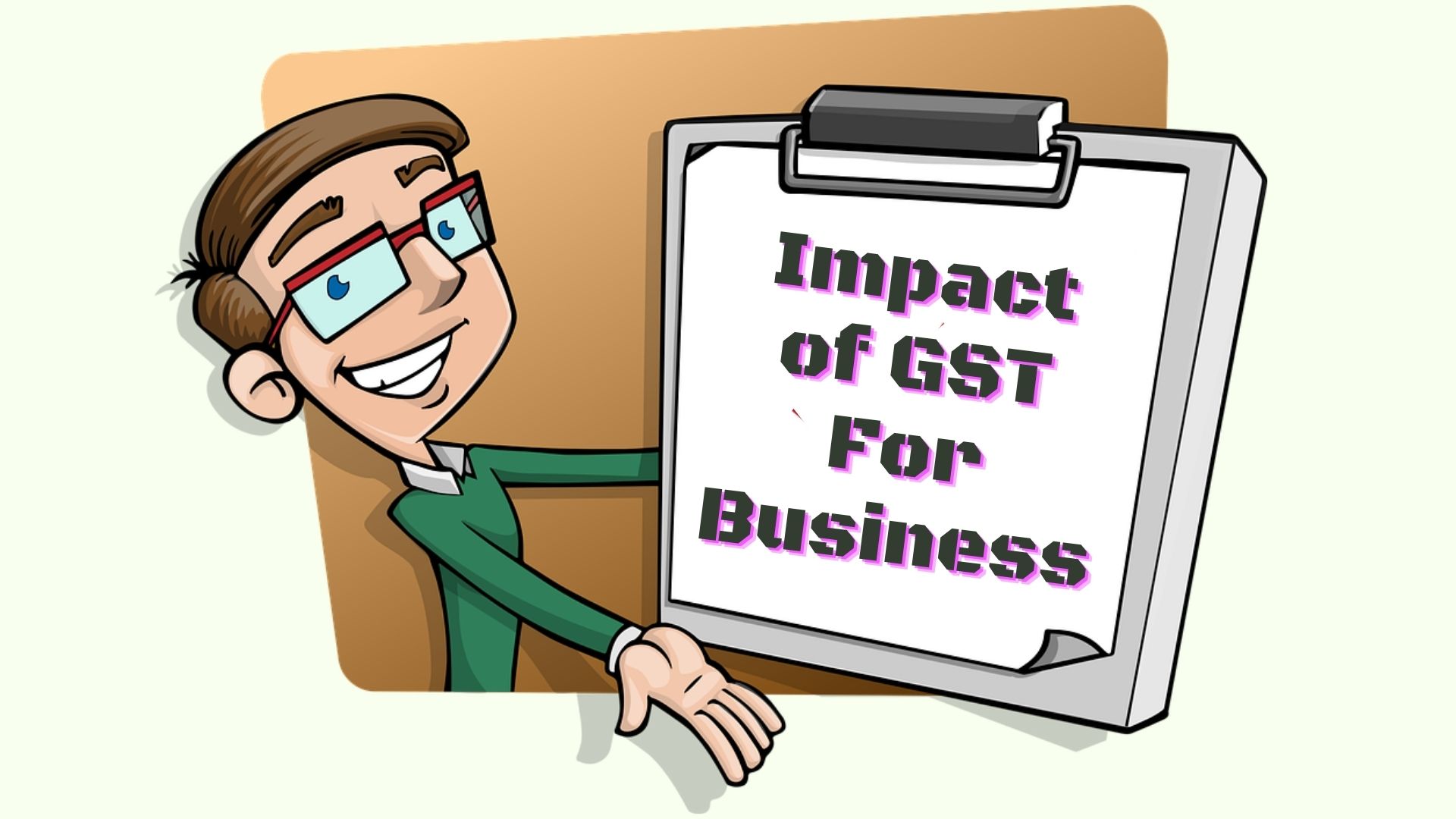What is GST?
On March 29, 2017, the Government of India passed the Goods
and Services Tax Act, effective from 1 July 2017. GST is a general domestic
indirect tax law that applies nationwide. The GST (Goods and Services Tax) is a
tax that applies to both goods and services. It is an indirect tax that has
largely replaced many indirect taxes in India, such as VAT, service tax and
consumption tax.
What are the different components of GST?
The GST is divided into 4 parts-
- Central Goods and Services Tax
(CGST)
- State Goods and Services Tax
(SGST)
- Comprehensive Goods and Services
Tax (IGST)
- Union Territory Goods and Services
Tax (UTGST)
Detailed Description
The various parts of GST:
Central Goods and
Services Tax Services Tax (CGST): The central government imposes an
in-state sales tax. This portion of the tax compensates the central government
for the loss of excise and service tax revenues. For sales within weeks, 50% of
GST is transferred to CGST.
(eg commerce in Karnataka)
State Goods and Services Tax (SGST): The state levies a tax on
commerce within the state. This portion of the tax compensates the state for
any loss of VAT or sales tax revenue.
For intrastate trade, the remaining 50% of GST taxes are
transferred to SGST. (Eg trade in Karnataka)
IGST (Integrated Goods and Services Tax):
The central government collects a tax on interstate trade. The central
government receives a portion of the tax and the state receives the rest.
IGST only applies to
cross-border sales or transactions involving two countries. (Eg Karnataka to
Maharashtra)
Union Territory Goods
and Services Tax (UTGST): The central government collects a tax on trade
within federal territories. The central government receives a portion of the
tax, and the governments of the confederate territories receive the rest.
What 5 Different Ways
GST impact Your Business?
Here are 5 different
ways GST can affect your business.
Simplifies calculations:
- In the past, business owners had
to track various taxes and due dates. You may need to do research to find and
manage tax returns and documents. It made the process very tedious.
- GST now brings all your indirect
taxes under one roof, making it much easier for your business to calculate and
keep track of your tax payments.
Reduced Tax Burden:
- Prior to, businesses with sales of
Rs 5,000 or more were required to pay VAT (in most states).
- Service providers with revenues of
less than 10 million are also exempt from service tax.
- The government is considering
raising the tax exemption limit on goods and services to Rs. 20 lakhs will help
more than 60% of small business owners and sellers.
Fraud prevention:
- The GST Registration is an online tax system
that is an improvement over the manual filing process of the traditional tax
system.
- Tax fraud is easier to detect and
transactions are more transparent and accountable. Also, mistakes made when
filing a GST return are easy to correct.
It's secure to start
or enlarge a business:
- To start a new business,
registration is required in various departments such as VAT, service tax,
consumption tax, etc. state. This made the job more difficult if you plan to do
business in multiple states.
- To do business in a particular
state, you must first register with that state. However, this is a simple
procedure. With the single point of registration, starting and expanding
registration is easier than ever.
- GST seed credit was created to
expand cross-border business for all state and out-of-state transactions. Prior
to, excise/tax relief could not be offset against VAT debt and vice versa.
There was also the issue of offsetting CST and VAT.
These issues have
been addressed and the smooth flow of temporary tax credits is a key feature of
GST.
Differentiation of Goods and Services:
The GST ensures that
the distinction between goods and services is maintained. This simplifies many
legal steps. As a result, tax fraud can be greatly reduced.
Conclusion:
The implementation of
GST is one of the most important decisions made by the Government of India.
This is a well-known and well-studied system because it does not require
different federal and state tax rates. The GST portal has a user-friendly
interface, but the GST form contains many complex fields. In this regard, we
recommend that you seek professional assistance in submitting your application
on the portal, performing the necessary procedures, filing a declaration, and
completing other procedures.

